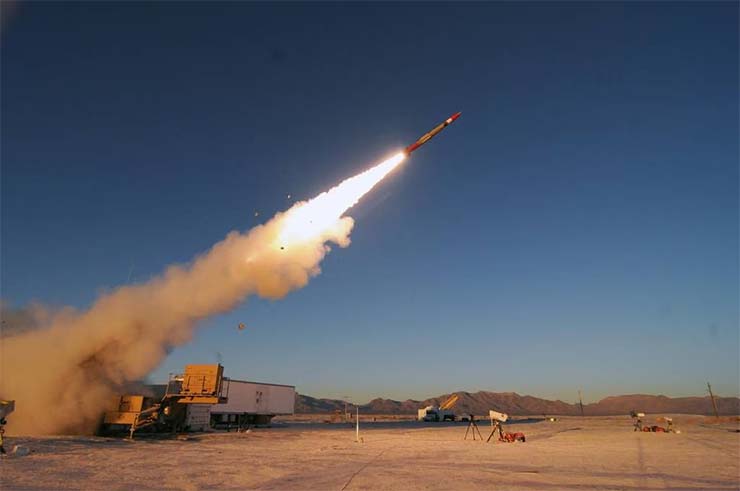
Belfast: The US and Swiss governments have signed a procurement contract for Lockheed Martin Patriot Advanced Capability 3 (PAC-3) Missile Segment Enhancement (MSE) guided missiles.
Switzerland, a military neutral country, said it will receive the newest guided missiles from the Patriot family in 2028 and 2029, as it progresses with acquisition of PAC-2 GEM-T (Guidance Enhanced Missile, Tactical) in parallel.
“The procurement of a second type of guided missile [PAC-3] for the Patriot system expands the capabilities of longer-range ground-based air defence and increases the endurance of the Swiss Army” said Switzerland’s federal department of defence, civil protection and sport in a translated statement.
Funding of 300 million CHF ($330 million) for the acquisition was first approved by the Swiss parliament under the Army Message 2023 and fits into the larger Air2030 modernization effort based around renewing air defence and air power capabilities. This wider project also covers procurement of 36 Lockheed Martin F-35A fifth generation fighter jets, radar and command and control air based equipment (C2Air).
An offset PAC-3 agreement was also signed with Lockheed Martin. The manufacturer noted in a company statement that the European nation will become the 15th PAC-3 operator.
The US State Department approved in September 2020 a Foreign Military Sale with Switzerland for 5 Patriot Configuration-3+ Modernized Fire Units and other equipment at an estimated cost of $2.2 billion (2 billion CHF). Deliveries of those units are expected to begin in 2026, according to the federal department of defence.
The PAC-3 MSE missile is described by Lockheed Martin as a “high-velocity” interceptor that can engage aircraft, tactical ballistic missiles, cruise missiles and “advanced threats.” It is fitted with a dual-pulse solid rocket motor to increase altitude and range. Additionally, the munition uses “hit-to-kill” technology, intercepting threats through kinetic energy, based on “body-to-body contact.”
The manufacturer successfully intercepted a medium-range ballistic missile target during PAC-3 MSE flight tests to verify software updates in March and continues integration work to assess compatibility with the Aegis weapon system which, the company says, could eventually “deliver a proven, integrated air and missile defence capability” for navy operators.








